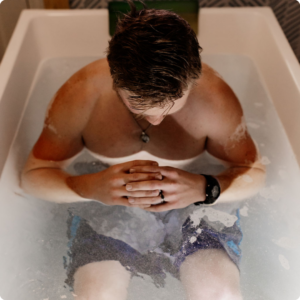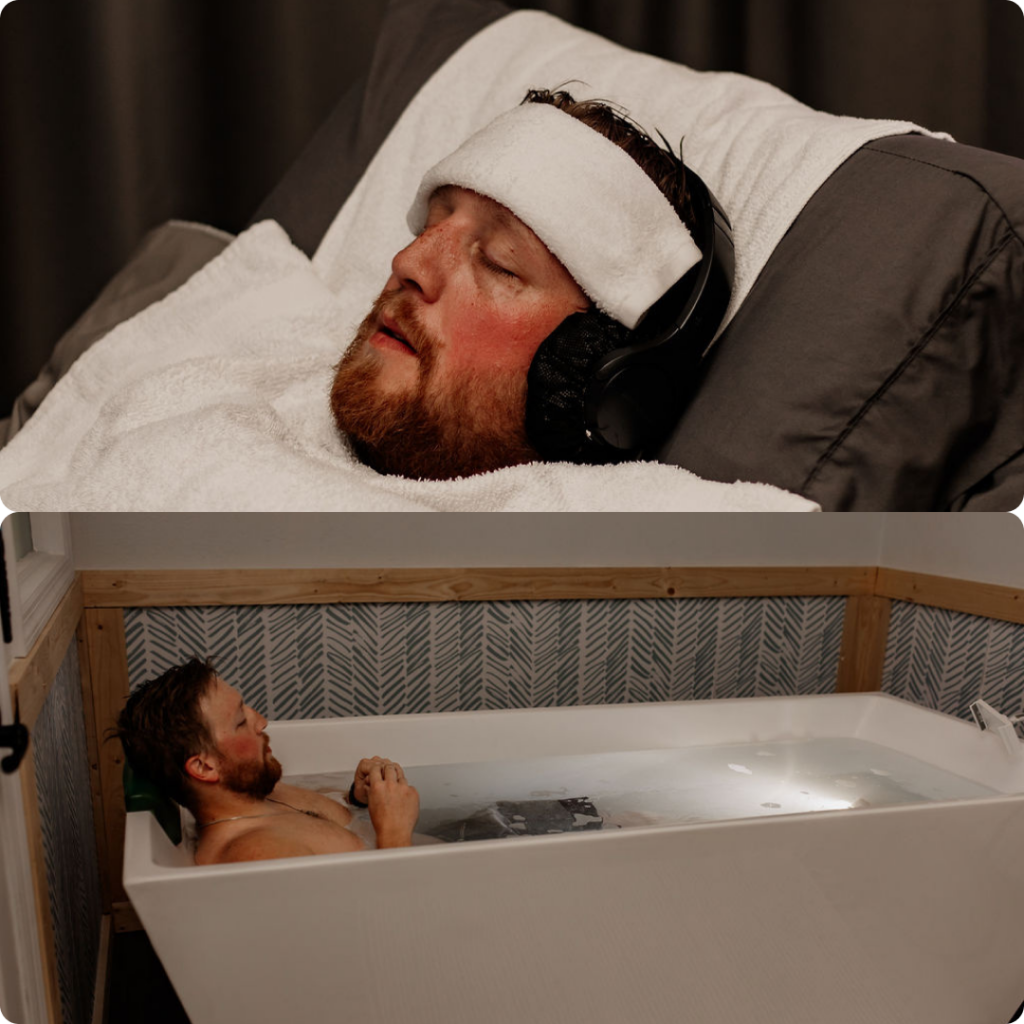
Cold plunging, also known as cold water immersion or cold water therapy, involves immersing your body in cold water for a short duration. This practice has been used for centuries in various cultures for its health benefits.
The typical process involves entering water with a temperature significantly lower than body temperature, often around 10 to 15 degrees Celsius (50 to 59 degrees Fahrenheit), although temperatures can vary depending on preference and the specific therapeutic goal.
Benefits of cold plunging include:
1. Reduced inflammation: cold exposure can help decrease inflammation in the body, alleviating muscle soreness and speeding up recovery after exercise or injury.
2. Improved circulation: exposure to cold water stimulates blood flow and circulation, which has benefits for cardiovascular health and overall well-being.
3. Enhanced recovery: athletes and fitness enthusiasts use cold plunging as a recovery tool to help reduce muscle fatigue and soreness after intense workouts. Cold plunging reduces the build up of lactic acid, a chemical produced in muscles after a tough work out that leads to soreness.
4. Mental clarity and mood improvement: cold plunging leaves people feeling alert, refreshed, and mentally clear. It also has mood-boosting effects due to the release of endorphins and other mood-boosting chemicals in the body.
5. Boosted immune function: research suggests that regular cold exposure has a positive impact on the immune system, helping to reduce the frequency of colds and other minor illnesses.
Cold plunging can be done in various settings, such as natural bodies of water like lakes or rivers, or artificial settings like cold plunge pools or ice baths. It’s important to approach cold plunging safely, gradually acclimating to cold water and consulting with a healthcare professional are advisable steps before starting a cold plunging regimen, especially with underlying health conditions.











